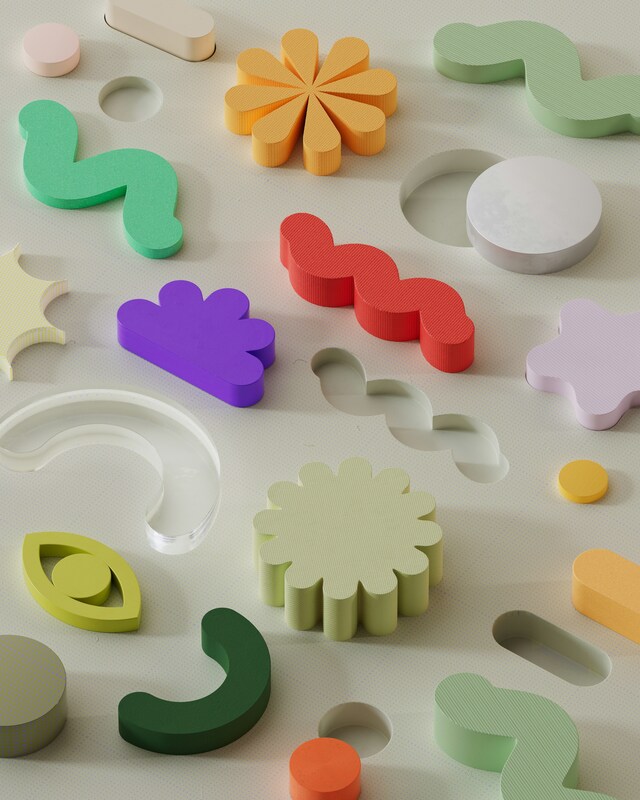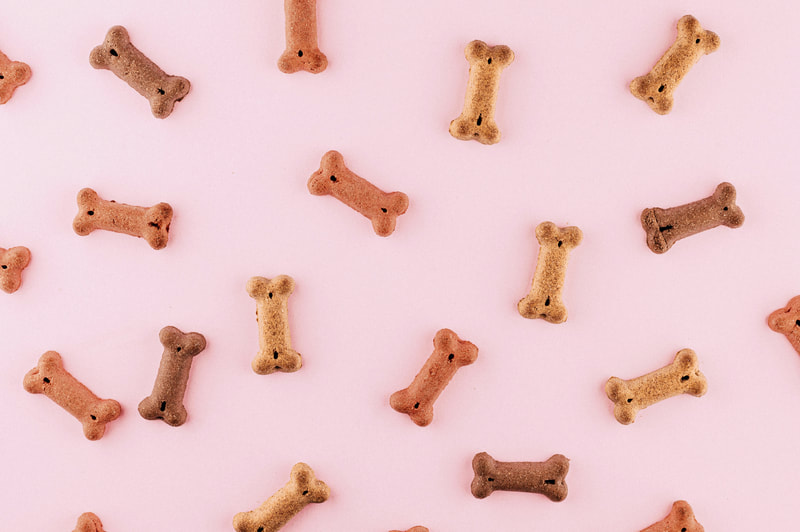|
Why Animals (Especially Dogs) Need Chew Toys1. Natural Instinct
|
1. Basic Chew Toys
|
Chew Toys for Other Animals (Not Just Dogs)
🧼 Care & Maintenance
📅 How Often Should You Replace Chew Toys?
✅ Tips for Choosing the Right Chew Toy
- Cats: Catnip toys, dental sticks, rubber chews.
- Rodents (Hamsters, Rabbits): Wood blocks, hay cubes, mineral chews.
- Birds: Soft wood or rope-based chews.
- Ferrets: Durable rubber or soft plastic toys.
🧼 Care & Maintenance
- Clean rubber and silicone toys with mild soap and water.
- Wash plush toys in the washing machine (if machine-safe).
- Replace damaged toys to avoid injury.
- Store dry and clean to prevent bacterial growth.
📅 How Often Should You Replace Chew Toys?
- Plush/fabric: Every few weeks (or when torn).
- Rubber/nylon: Every 1–3 months depending on wear.
- Natural chews: After each use or when chewed down to a small piece.
✅ Tips for Choosing the Right Chew Toy
- Match durability with your pet’s chewing strength.
- Choose the right texture for the pet's age and preference.
- Consider interactive options for active or bored pets.
- Prioritize safety certifications or vet recommendations.
- Rotate toys to maintain interest.



